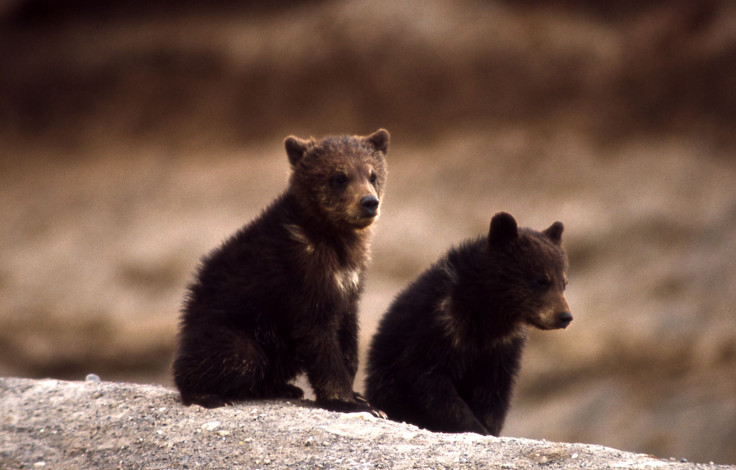Yellowstone Grizzly Bears On Endangered Species List Again After Judge Stops Hunt

On Monday, a U.S. judge reinstated legal protections for grizzly bears living in and around Yellowstone National Park, blocking the hunt planned by the Trump administration. If allowed, it would have been the first hunt planned in the lower 48 states in almost three decades.
In the ruling, the court vacated the June 30, 2017, final rule of the U.S. Fish and Wildlife Service delisting the Greater Yellowstone bear from Endangered Species Act.
Earlier, U.S. District Judge Dana Christensen twice blocked the hunt, which would have been the first hunt outside of Alaska since 1991. Wyoming and Idaho were on the verge of allowing the hunting of up to 23 bears this fall before the court stayed it. The second stay was set to expire later this week.
In the ruling, Christensen said the court was not contemplating on the ethics of hunting, but instead, the question in front of them was whether federal officials adequately considered all factors related to the species' long-term recovery before removing the bears from the endangered species list. He said the officials were “arbitrary and capricious” in their decision.
NEW: A federal judge just reinstated Yellowstone grizzly bears as a threatened species under ESA, reversing Interior's 2017 decision. DOI will have to do additional scientific analysis and a revise their recovery before any hunt (like the ones ID and WY planned) can happen.
— Juliet Eilperin (@eilperin) September 25, 2018
The judge noted around 50,000 bears used to roam the contiguous United States, adding it would be "simplistic at best and disingenuous at worst” if the officials did not consider the status of the grizzly population outside the Yellowstone region. Grizzlies still largely remain endangered around the world and in other parts of the U.S., having bounced back only in select areas like the Yellowstone region. The judge noted the U.S. Fish and Wildlife service "entirely failed to consider an important aspect of the problem."
The ruling comes as a victory for animal rights groups, wildlife advocates and Native American tribes who sued the U.S. Fish and Wildlife Service when the protection on the bears was first lifted last year. Their argument was the animal continued to face threats from climate change and loss of habitat among other reasons.
"Putting the blinders on to everything other than Yellowstone grizzlies was illegal," Tim Preso, an attorney with EarthJustice, said. "We tried to get them to put on the brakes, but they refused to do that.”
He added the ruling made it clear the government behaved hastily while removing protection, a report by Fox News said.
“The court’s ruling resonates with the feelings of countless Americans who believe in the protection of grizzly bears, and we’re as committed as ever to making sure that this celebrated population will be spared from the cruel and excessive trophy hunt planned by the states of Wyoming and Idaho,” Kitty Block, acting president and CEO of the Humane Society of the United States, said, reported USA Today.
According to reports, the ruling was met with disappointment among state and federal officials.
“Grizzly bear recovery should be viewed as a conservation success story," Wyoming Gov. Matt Mead said, adding the ruling provided further evidence of flaws in the Endangered Species Act. He said Congress should make changes to the act.
In the recent years, as the number of human-bear conflicts increased, the pressure to lift protection on the animals to allow for hunting has also increased. Though most of these conflicts were based on attacks on livestock, sometimes, bears do attack people. The animals sometimes wander into human property as well. Many people pointed out the increase in human-bear conflicts arose due to an increase in the animal’s population, which has been recovering through the years.
In 1975, the grizzlies living in and around Yellowstone were classified as threatened when it was found the bear population was down to just 136 after most of them were killed off early in the last century.
© Copyright IBTimes 2024. All rights reserved.











